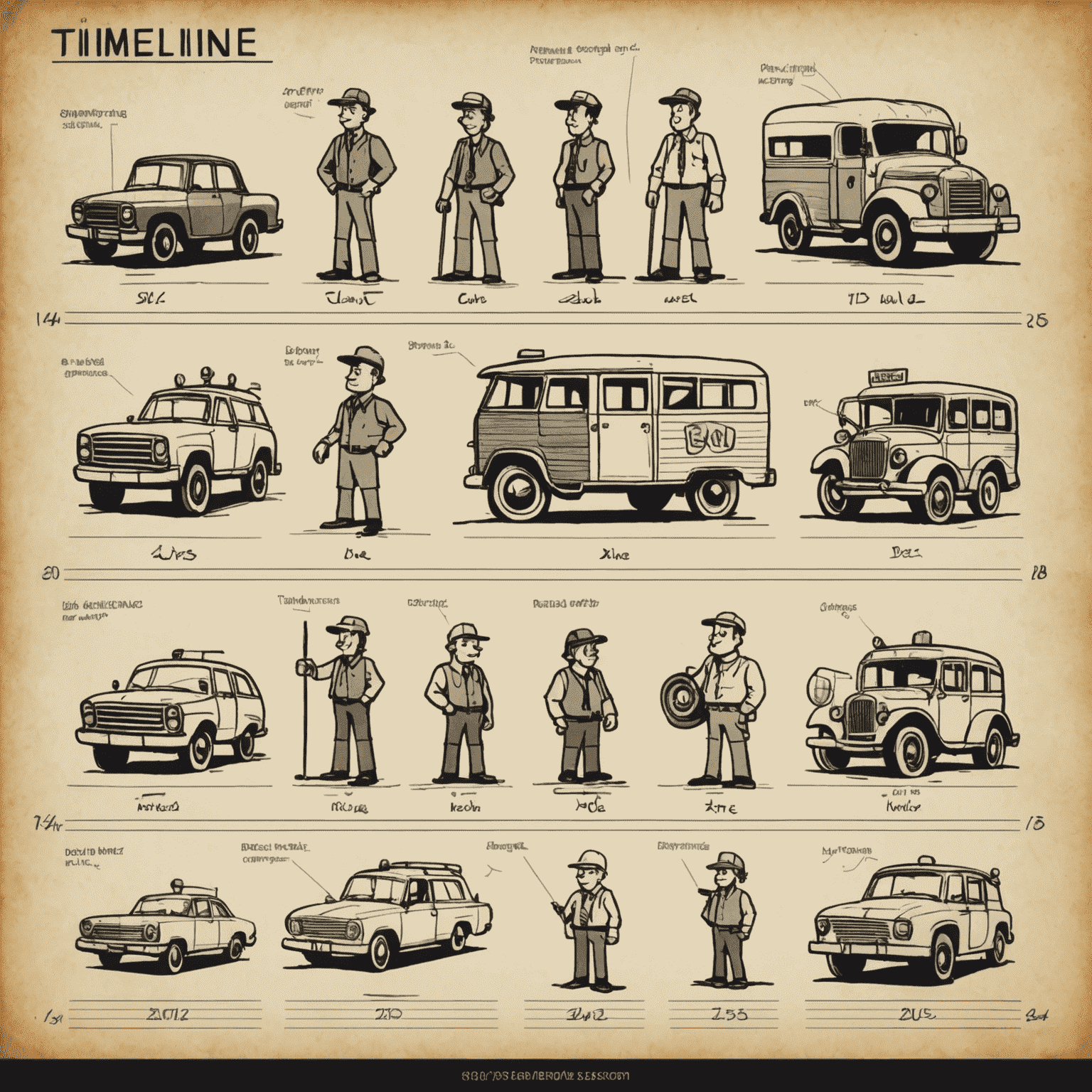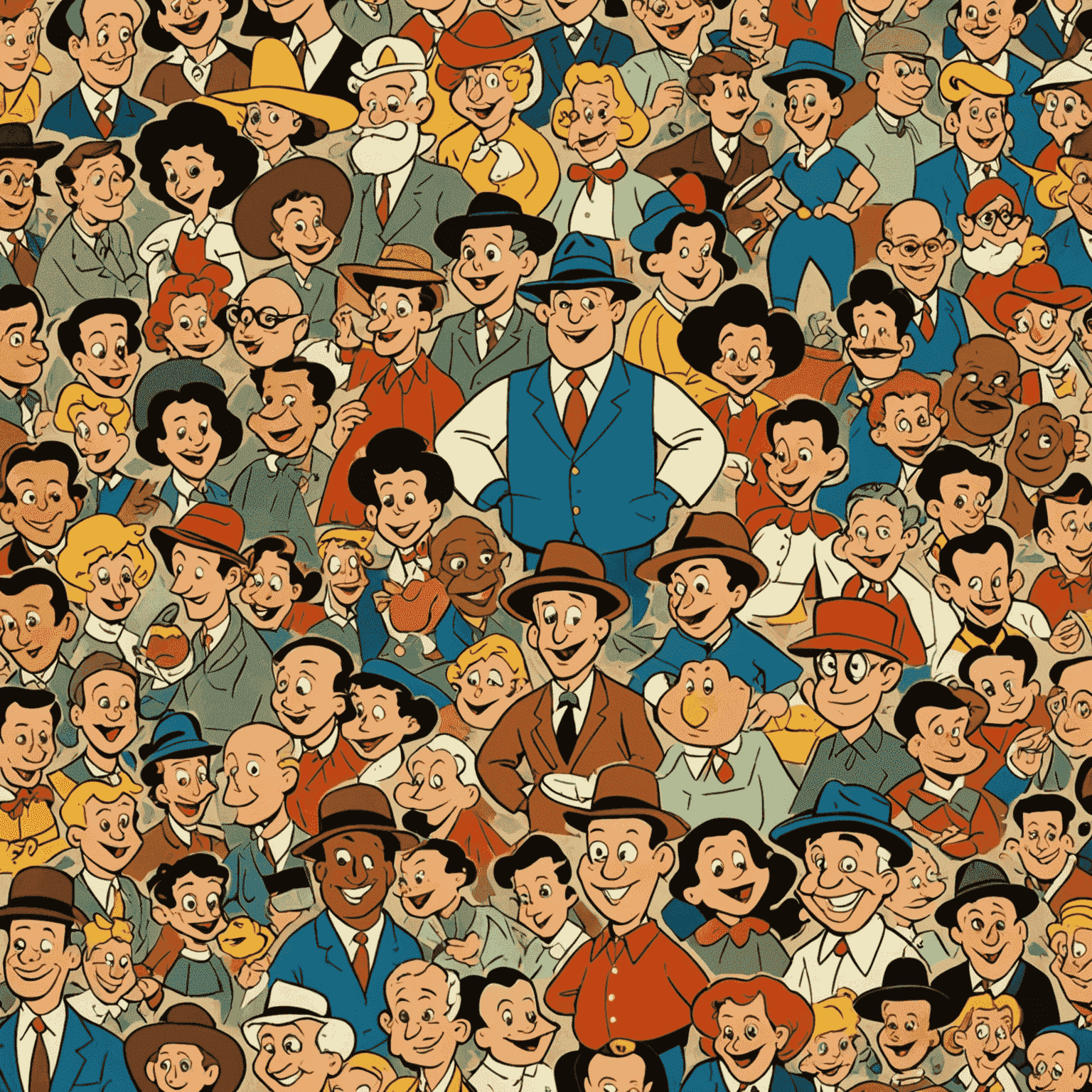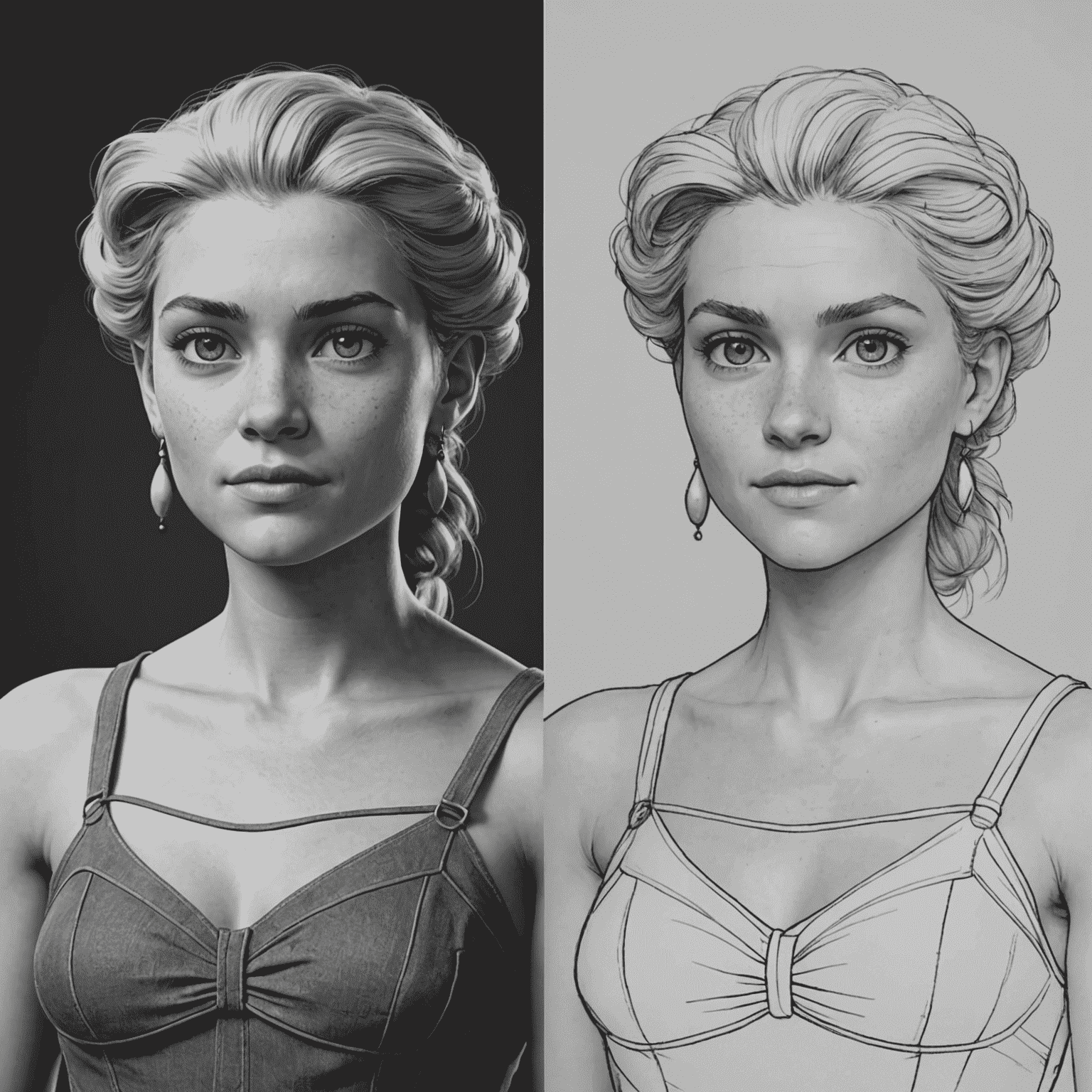The Evolution of 2D Animation in America

From the early days of hand-drawn cartoons to the digital revolution, 2D animation in the United States has undergone a remarkable transformation. This article explores the journey of this captivating art form, highlighting key milestones and innovations that have shaped the industry.
The Birth of American Animation
The story of 2D animation in America begins in the early 20th century. Pioneers like Winsor McCay laid the groundwork with groundbreaking works such as "Gertie the Dinosaur" (1914), demonstrating the potential of animated storytelling.
The Golden Age of Animation
The 1930s to 1960s marked the Golden Age of American animation. Disney's "Snow White and the Seven Dwarfs" (1937) set new standards for feature-length animated films. This era saw the rise of iconic characters and studios, including Warner Bros.' Looney Tunes and MGM's Tom and Jerry.

The Television Era
As television gained popularity in the 1950s and 60s, animation adapted to the new medium. Studios like Hanna-Barbera pioneered limited animation techniques to meet the demands of TV schedules, producing beloved series like "The Flintstones" and "Scooby-Doo."
The Renaissance Period
The late 1980s and 1990s saw a resurgence in the quality and popularity of animation. Disney's "The Little Mermaid" (1989) kicked off a new era of critically acclaimed animated features. This period also witnessed the rise of mature-oriented animation with shows like "The Simpsons."
The Digital Revolution
The advent of computer technology in the late 20th century revolutionized 2D animation. Digital tools streamlined the animation process, allowing for greater precision and efficiency. Software like Adobe Flash (now Animate) democratized animation, enabling independent creators to produce and distribute their work online.

The Modern Era and Future Trends
Today, 2D animation in America continues to evolve. While 3D animation dominates mainstream cinema, 2D animation thrives in television, web series, and independent films. The rise of streaming platforms has created new opportunities for diverse animated content.
Innovative tools like Flipaclip have made animation more accessible than ever, allowing aspiring animators to create professional-quality 2D animations on mobile devices. This democratization of the medium promises a future rich with creative possibilities.
Conclusion
The journey of 2D animation in America is a testament to the enduring power of this art form. From its humble beginnings to the digital age, it has consistently captivated audiences with its ability to bring imagination to life. As we look to the future, the evolution of 2D animation continues, promising new wonders for generations to come.